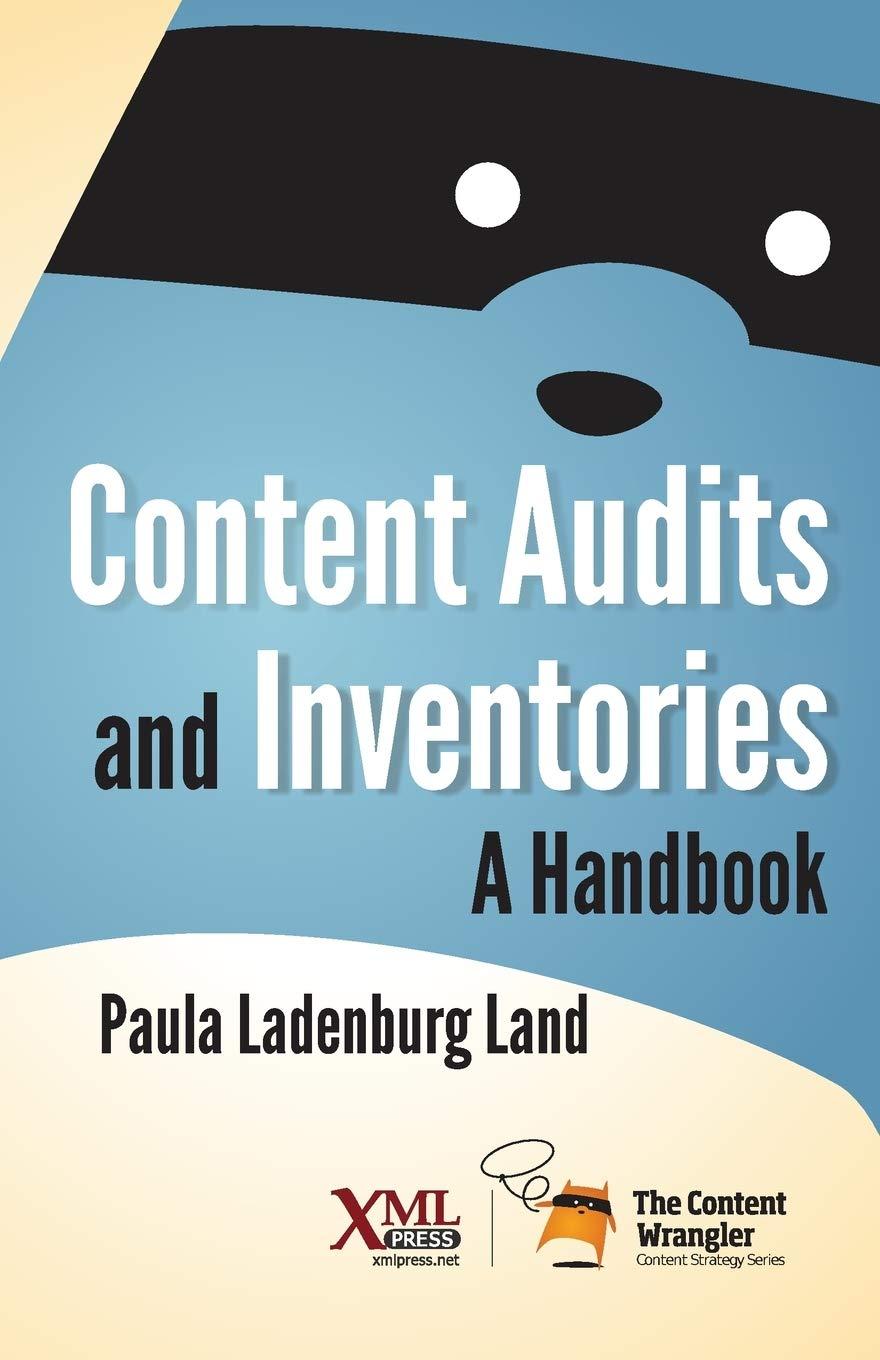Answered step by step
Verified Expert Solution
Question
1 Approved Answer
You and your teammates all decide to give this business idea you are pitching at the end of class a real shot. On January 1
- You and your teammates all decide to give this business idea you are pitching at the end of class a real shot. On January 1 of Year 1 you found the company, and split initial equity evenly between yourselves, put everyone on a 4-year vesting schedule with a 1-year all-or-nothing cliff, and agree to employment clauses that allow for termination with or without cause.
- Due to personal issues Teammate 1 quits on July 1 of Year 1 (exactly 6 months in). Teammate 1s unvested equity is proportionately distributed to the remaining equity holders.
- On January 1 of Year 2 (exactly 12 months in) the team raises $500,000 from Investor A in a convertible note with the following terms:
- 10% interest
- 20% discount
- $7.5M upside cap, $3.0M downside cap
- The note fully converts after a capital raise in excess of $999,999 or in 24 months, whichever comes first
- Teammate 2 is fired on July 1 of Year 2 (exactly 18 months in). Teammate 2s unvested equity is proportionately distributed to the remaining equity holders.
- On January 1 of Year 3 (exactly 24 months in) the team raises $1,000,000 on a pre-money valuation of $4,000,000.
- Despite multiple warnings from your Entrepreneurship Strategy professor, the team agrees to give investors participating preferred equity
- Half of this rounds money comes from Investor A, who has chosen to invest a second time (in addition to their convertible notes), while the other half comes from a new investor, Investor B
- On January 1 of Year 4 (exactly 36 months in) the business is acquired for $10,000,000.
No equity has been given, granted, or earned in any other way than described above. There is no option pool. No investment, details, caveats, equity, etc. other than what is listed above apply to the cap table of the business.
Answer the following questions:
- At the time of acquisition, how much equity in the business does each equity holder hold? Give names and percentages to the hundredth of a percent. Hint: you have 4 team members, 2 investors, and the amounts should add up to 100%.
- How does the $10,000,000 payout get split up between all parties? Give names and amounts to the nearest dollar. Hint: you have 4 team members, 2 investors, and the amounts should add up to $10,000,000.
- 10 bonus points: Calculate the IRR to the nearest percent for Investor A and Investor B. What is the critical difference that results in one investor receiving superior IRR to the other investor?
Step by Step Solution
There are 3 Steps involved in it
Step: 1

Get Instant Access to Expert-Tailored Solutions
See step-by-step solutions with expert insights and AI powered tools for academic success
Step: 2

Step: 3

Ace Your Homework with AI
Get the answers you need in no time with our AI-driven, step-by-step assistance
Get Started


